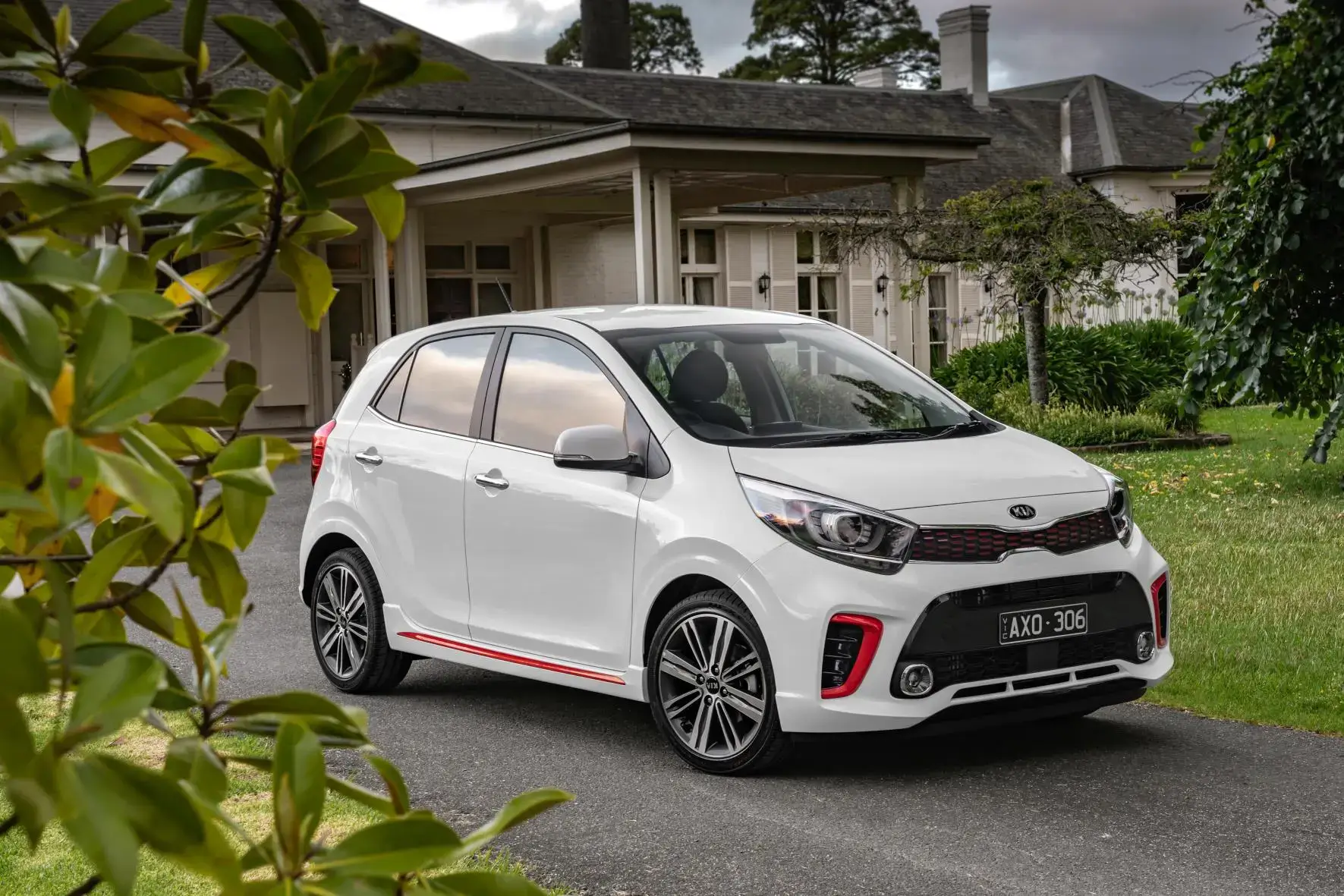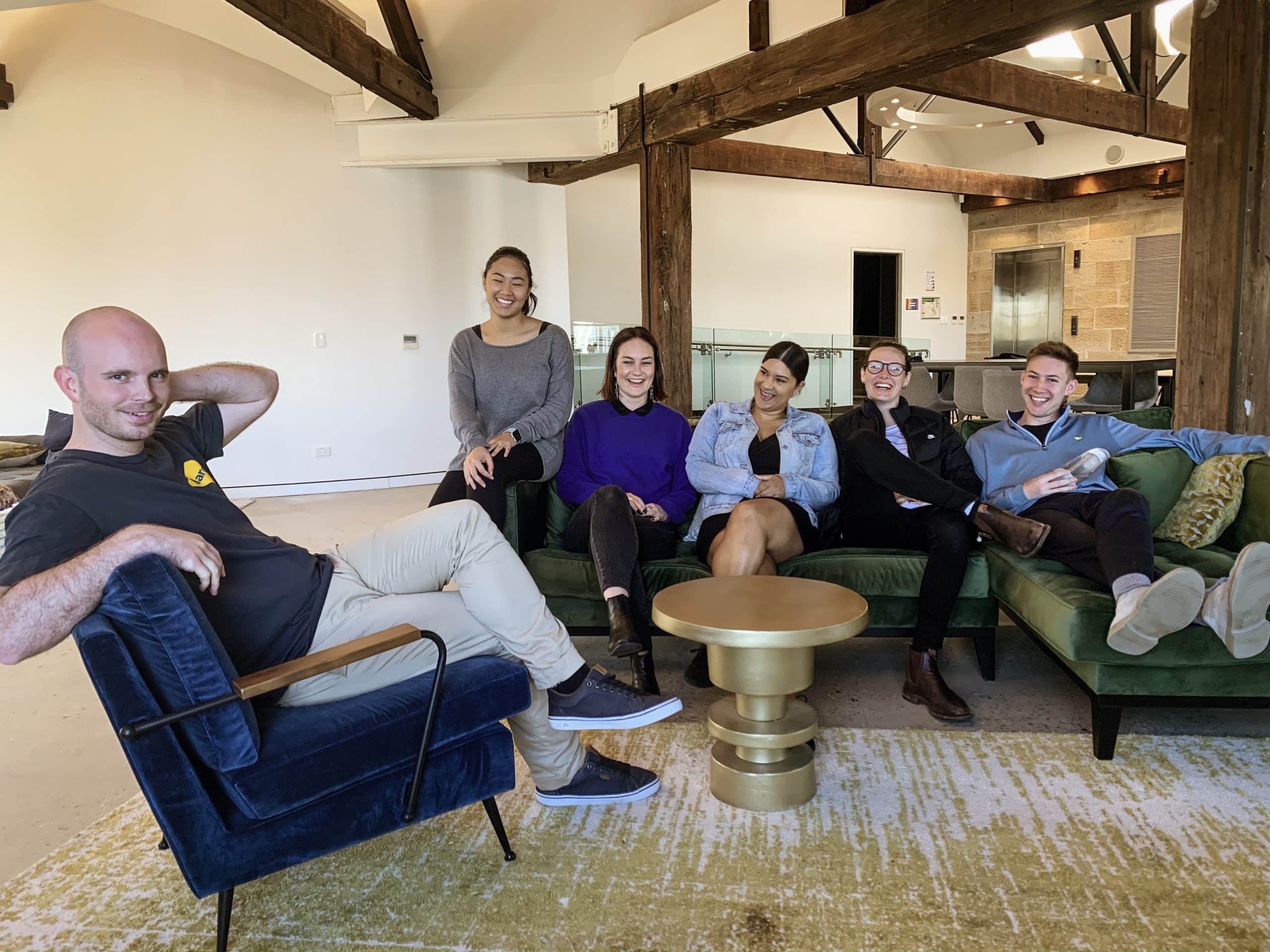Small cars are great for zipping around your neighbourhood and helping you conquer the day. But identifying the best small car for you is no easy task. The best small cars come in all shapes and sizes and at various costs. They also play different roles. For some buyers, space will be the biggest factor, while for others, it could be fuel efficiency or even performance. So how do you choose?
Look no further. We’ve checked out five of the most popular small cars available in Australia so that you can get behind the wheel of your dream car.
1. Kia Picanto
The Kia Picanto is an excellent small car that’s perfect for zipping around town. It’s got a stylish design and is packed with features, making it the perfect everyday car. It has Daytime running lights and alloy wheels and offers excellent safety features, such as Electronic Stability Control (ESC) and Hill Start Assist (HSA).
2. Hyundai i30
The Hyundai i30 is another popular small car that packs a punch. With its sleek, sculpted presence, refined surfaces and precise lines, you’ll be the envy of every onlooker. It also has a range of advanced safety features, including, but not limited to, Forward Collision-Avoidance Assist, Blind Spot Collision Warning and Lane Keeping Assist (LKA).
3. Toyota Corolla
For those looking for something with a bit more power, the Toyota Corolla is an excellent choice. Both the Sedan and Hatch feature seamless technology like Apple CarPlay® and Android Auto™, alongside a stunning design and dynamic performance. The Corolla also comes with a range of advanced safety features, such as the Pre-Collision Safety System and Road Sign Assist.
4. Mercedes-Benz A-Class
If you’re looking for something even more luxurious, the Mercedes-Benz A-Class is a great option. It’s packed with features, such as Urban Guard vehicle protection Plus and Mercedes-Benz User Experience (MBUX), which harnesses the power of AI to make your drive as smooth as possible. The A-Class also comes with a range of advanced comfort features, like heated front seats, climate control, and a panoramic sunroof.
5. Audi A3
Finally, there’s the Audi A3. This luxury small car is beautifully designed and is packed with cutting-edge features such as Audi Active lane assist and turn assist, to the pre-sense front with pedestrian and cyclist detection, perfect for busy city streets. The A3 also comes with a range of advanced comfort features, like dual-zone climate control, heated front seats, and an advanced infotainment system.
There you have it!
So now you’ve seen some of the most popular small cars available in Australia. Whether you’re looking for something stylish to zip around town or a luxury car with all the bells and whistles, there’s something out there for everyone.
Looking to make your car purchase go further? Many of us haven’t been exposed to the huge savings advantages that a novated lease can offer, yet it’s one of the cheapest ways to own and run your car.
How does a novated lease work?
A novated lease is a cost-effective car financing option. With a Flare Novated lease, you can get the car you want now. We bundle up all your vehicle finance and running costs like fuel and maintenance into one convenient before-tax payment. By doing this, you could make significant savings on the purchase price, your income tax, and GST too.
The car you want, now
No deposit is required for a novated lease on eligible vehicles, so you can secure the car you want today. We’ll also speed up the process by sourcing your new car and organising a test drive.
Save on car running costs
By salary packaging your car with a Flare novated lease, you could enjoy significant tax savings as well as no GST on your car purchase, fuel, servicing, and maintenance.
Get the best pricing
You benefit from Flare’s buying power. Our team of car experts do the hard work to negotiate on your behalf and secure the best deals. You could save thousands through our fleet network on both new and used cars.
Everything is included
You benefit from before-tax savings on all the running costs of your vehicle, so you have nothing left to worry about. This includes fuel, service, maintenance, rego, CTP (NSW), and insurance.
At Flare, all our experts have extensive experience in the industry and know cars inside and out. They can provide expertise and guidance and step you through the car salary packaging process to find, test-drive, and buy the best car for your needs and budget. Chat to us to find out more.




















